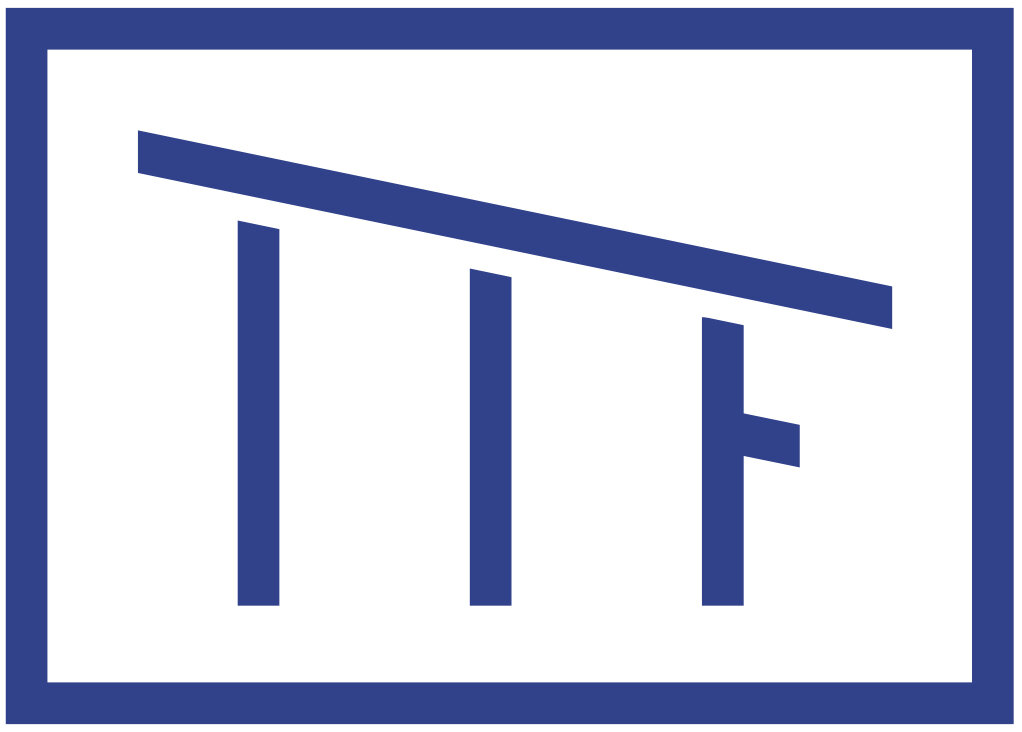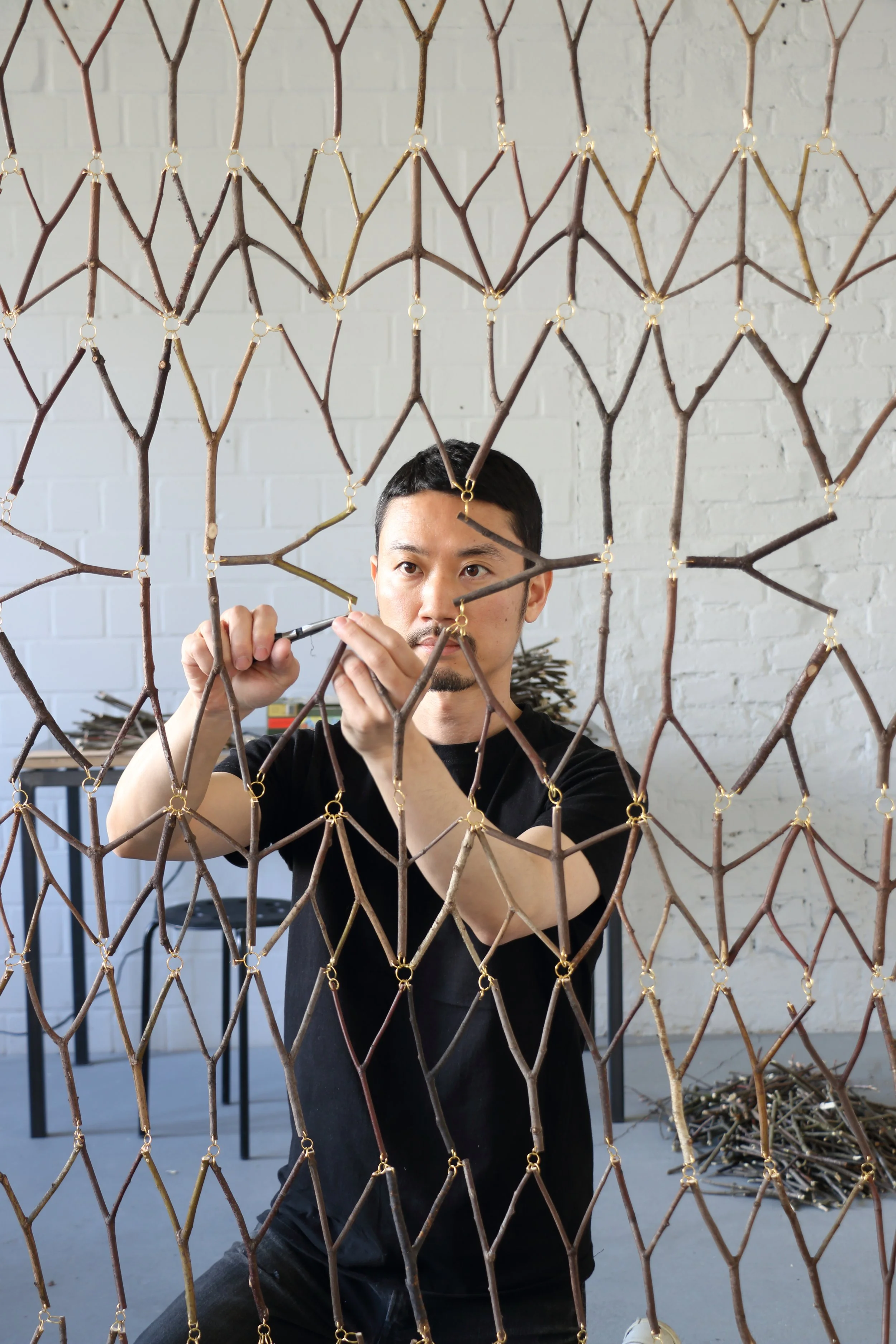Tomoyuki Ueno
Tomoyuki Ueno / 上野友幸 was born in Kobe, Japan and lives in Berlin. In 2008 he finished a Master of Inter Media Art at the Tokyo University of the Arts. In 2009 he moved to Berlin and completed a Master of Art and Media at the University of the Arts, Berlin on DAAD and Pola scholarshipa. He has participated in residency programs at the Stiftung Insel Hombroich, Künstlerhaus Bethanien, and Akiyoshidai International Art Village. Ueno has been invited to show his works internationally, at the Kyoto Municipal Museum of Art’s Print Art Triennale and the 6th Moscow International Biennale for Young Art.
Artist Statement
How can art and everyday life be connected? Especially in recent years I have been trying to respond to this question by using natural materials. One of these is the Sky Sculpture / Wave Sculpture series. They are combinations of a marble slab and an acrylic-mounted photo. This is done by putting a white slab and a photo of clouds side by side, to connect the grey pattern on the slab and the form of clouds, where the patterns look like clouds and the clouds look like marble, or the patterns look like waves and the waves look like marble. The works are combinations of the solid and the ephemeral, a presumed eternity and a short-lived existence.
In Asia, there is a culture of using objects as scenery, such as Zen gardens (stone garden) and bonsai. In Japan, the surface of ceramics is seen as a landscape as well. There is a reason why the series is named “Sculpture” even when they are two-dimensional. After people watch the works, they will be led to associate various wave patterns in the sea with marble, and vice versa. Thus it can be said that I’ m not sculpting the marble itself, but transforming actual waves or sky in our surroundings to sculpture. Hence, these works connect art to our daily lives.
Another production is the Forest series, in which a large number of Y-shaped twigs are joined together to form curtains. Berliner Forest 2021-2023, for example, is made from over 700 dead twigs collected in Berlin and joined together with brass rings. During the 2020 pandemic, I spent a month deep in the mountains of Japan. Strolling alone in the empty mountains, I felt that I was just one of the countless forms of life. At the same time, I felt that there was no such thing as death, and that if I died here, I would return to the earth and remain a part of the mountain where life continues to circulate. This is completely different from the awareness of death that I feel in the city.
Just as a forest is made up of individual trees, its life inherited from hundreds of millions of years ago, so there is a universality to the repeated patterns that make up this world. The connected branches are reminiscent of decay, but also of that repeated life. Japan has been a country of nature worship since ancient times. In Shinto, nature itself is the object of worship, including forests, forest-covered land, mountains, megaliths, the sea, and rivers. There are elements of arte povera and Mono-ha in this work, but there are also strong craft elements, reminiscent of baskets, wooden lattices and blinds, and a sense of familiarity. In contrast to the Western idea of life and death as separate entities, my works are characterized by their expression as one.
At Tusen Takk
I have collected thousands of Y- and T-shaped branches at various locations and strung them together to create works of art. These pieces, made from locally collected branches, represent the vegetation of each location. By creating this work in Leland, I hope to express the vegetation of Leland and help the viewer feel the connection to life. The area surrounding Tusen Takk is rich in vegetation, with trees such as sugar maple and American beech, and coniferous forests of hemlock and white pine. I will pursue new pattern-making possibilities in this favorable natural environment.
Instagram: @tomoyuki_ueno_berlin






